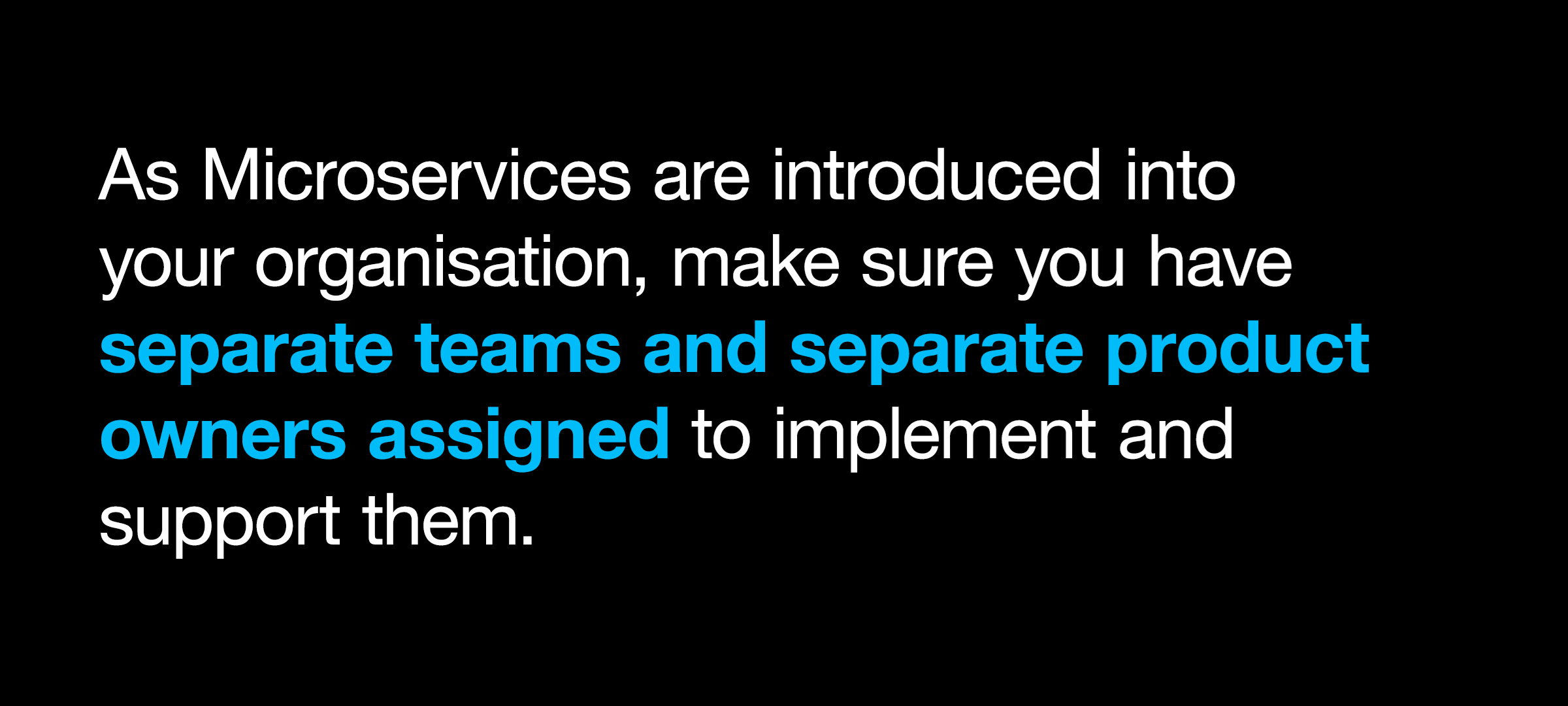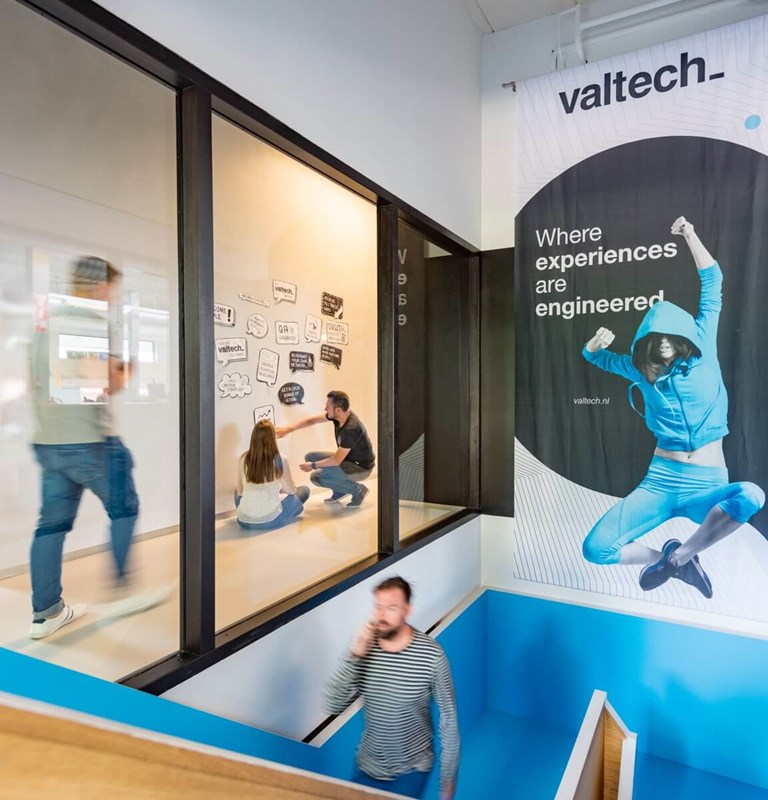janeiro 24, 2020
It’s not uncommon for large companies to refer to their tech set up as ‘monolithic’. Where years of updates, additions and new capabilities have amalgamated over time to become an entity of untouchable proportions. With such a complex architecture comes a reduction in the ability to innovate, adapt and pivot depending on changing customer expectations … when one update has knock on effect to other elements, how can you possibly move at the pace your customers need?
Micro-services are the key to enabling retailers to work around incumbent tech and to transform how they operate in the future, keeping them receptive to industry change and responsive to changing customer requirements. Simply said: Micro-services are independent units of business capability, which you make available for your digital touch points to rely on. There is no quick fix to get you from monolith to micro-services, but if you can learn to crawl, then we can get you up and running.
For me, the airline industry really stands out from the rest when it comes to delivering on user-needs; mobile check in, e-tickets and expedited security-screening options … the experience in many airports now far exceeds that seen in most retail environments. So what can retailers do to keep up when it comes to innovation?
1. Get a handle on the complexity
Micro-services enable you to add an innovative layer to your existing technology, and that means that you can respond to customer expectations with much faster turnaround times. But there is a lot of complexity in a retail journey, so how can you accurately understand what your customers really need?
In airports, people are there for one reason only - to travel; you can accurately anticipate a person’s exact route, from entering the airport to boarding the plane. That means that you can easily identify the major customer touch points and remove the friction causing pain.
For retailers, the consumer behaviours are far less predictable and the journey is much more complicated. Whether it’s an online visit or in-store journey, the number of potential pain points are almost immeasurable. So whilst Micro-services can enable companies to make swift changes based on shifting customer behaviours, when they are so difficult to predict, and pain points are harder to identify, designing the right solution becomes all the more complex.
This is a digital maturity issue. Even if you aren’t digitally mature throughout your whole organisation, you still need to be able to respond to your customer needs and make decisions based on your digital objectives.

Start by evaluating where you have real digital opportunities. Determine what your consumers are expecting from your brand or the overall experience and then concentrate on solving the pain points that impact them.
Whether it’s the ability for prospective customers to try-on what they’re looking for in the store next door, or a clunky payment process, prioritise the frustrations and get a dedicated team working on a micro-services solution. Start small and see what traction you generate.
2. Stop taking a technical-design approach
Many retailers take a technology-led design approach when they introduce micro-services, and these solutions are often deeply rooted in the operational aspects of their business. The reality is that a technical approach can actually limit the positive impact that micro-services can have in alleviating customer pain points.
Take ‘returning a product’ as an example. There is so much frustration in a typical returns process; from slow RMA processing to inaccurate stock-forecasting or requiring customers to go into a store just to prove time of purchase … looking at it from a purely technical perspective makes it seem almost impossible to solve.
Focus on the experience you want to create and start off by strategising in broader strokes, then look at more in-depth solutions to the specific pain points you’re uncovering. By creating an innovative layer on top of the more cumbersome operational processes, you can continue to experiment and iterate in-line with added insights and changing customer behaviours.
The key to micro-services is that they are indeed ‘micro’. If like many companies you recognise that your tech environment has become a monolith, and you don’t know where to start, thinking in micro-services terms gives you the ability to start small and build on what works. Ultimately, there is still an operational backbone that you have to respect, but with this approach you’re given the freedom to test and learn, without impacting the rest of the business. Less risk and more reward.
3. Get rid of the ‘one team fits all’ mentality
Retailers often rely on one single team to run and maintain all the micro-services they’re deploying into their technical environment. Inevitably, that means the independent micro-services all start to morph into one messy inter-connected set of technical infrastructure. On paper, they might look independent, but in reality they are all connected. You’re fundamentally back to square one, sitting with a rigid architecture to manage.
As micro-services are introduced into your organisation, make sure you have separate teams and separate product owners assigned to implement and support them. The idea is that these services will change and adapt in isolation over time, and that requires dedicated focus and management. If your budget doesn’t allow for designated teams, make sure there is a mindset shift in the way you operate so that each micro-service is evolved and maintained in isolation, with absolute focus.
With so many changes in the retail industry, it’s no surprise that so many companies are clambering to keep up with the latest trends, innovations and technologies. With any large company, there will always be a lot of complexity to deal with but as the airlines have proved so brilliantly over the last couple of years; if you can remove customer pain points one step at a time, then eventually you can transform the whole industry. Micro-services give companies the freedom to innovate in relative isolation, meaning that they don’t have to worry about a direct impact to the rest of the business. It’s all about solving real problems, one small step at a time.
So often we see innovation stifled by the technology setup that comes hand in hand with medium-enterprise level clients. The positive news is that there is a way out of the deadlock. Why not get in touch with one of our experts to find out more?








